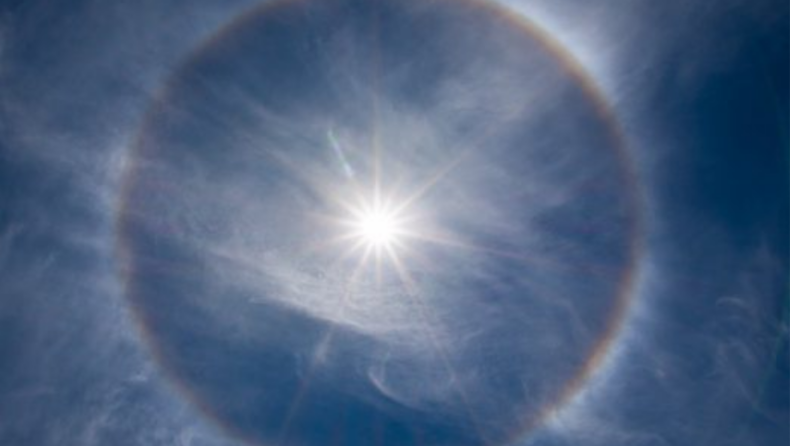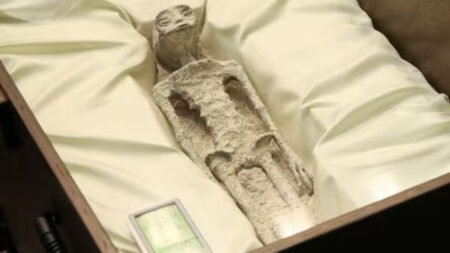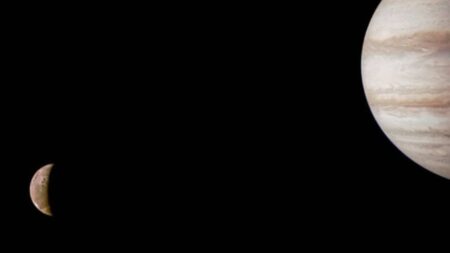By: P Vydehi
“The halo is a ring of light 22 degrees from the sun or moon and is the most common type of halo observed and formed by hexagonal ice crystals,” University of Illinois.
In a recent turn of events, the space rover Perseverance, deployed by NASA, has captured the unique image of a sun halo on the surface of Mars. For us earthlings, this is might not be a rare phenomenon to watch as it happens most of the time on the earth’s surface. But to perceive the same in Mars is most definitely a jaw-dropper.
The sun halo is a 22-degree ring that appears as a result of light dispersion. When white light is passed through the ice crystals that are formed in the upper level of Cirrus clouds, the halo is created.
In the beginning, scientists thought the news to be a false alarm. But was surprised to find out the truth. It was a very vexing at the same time exhilarating situation for them as this further proves the theory of Mars being a planet capable of life.
There have been a lot of speculations about whether the ring is an actual halo or a ring of dust. While it is true that earth has lower carbon dioxide than Mars, scientists have verified that it is not dust that can be seen in the picture, but a real image of the sun’s halo.
“We’ve got a lot of pictures that show you what kind of features you get from dust in the sky, and we know for sure that you never get a halo from that,” said Mark Lemmon, a planetary scientist.
The Perseverance rover was initiated in 2020 by NASA to discover the habitability of the red planet by studying ancient microbial life. Since then, it has made amazing breakthroughs in all areas. One such advancement is the detection of rocks containing organic molecules and compounds like hydrogen, carbon, and oxygen which are crucial to the formation of life.
Hence there could have been life thriving in the Martian atmosphere 3 billion years ago. NASA’s Perseverance rover has been first placed in the Jezero crater for 550 Martian days.
“We have discovered rocks that were deposited in a potentially habitable environment in that lake, and we have been seeking potential biosignatures, which may have been produced by life”, Ken Farley, the Perseverance project scientist at Caltech, California.
Perseverance and the Jezero crater
The Jezero crater has been specifically picked mainly because of the reason that it could be the site of an ancient river delta that is rich in microorganisms. There could be thousands of other reasons for the production of such organisms.
But nothing could be concluded as of yet since the scientists do not have the samples with them.
This is one of the main reasons why NASA is deciding to call “Percy” back by 2030. The rover on its own is incapable of discerning the origin of the rocks. That is why the team has decided on a return mission where the rock samples collected by the rover will be sent back to earth.
If all went according to plan the samples will reach the western Utah desert by 2033. Of course, NASA also has a backup plan in case something were to happen to Percy in recent years. When this happens, the rover will store the samples on a safe and flat surface from where they can retrieve them.
Perseverance, like its predecessor Curiosity, is supposed to have a long life span. So, there should not be any need for plan B soon.
David Shuster of UC Berkley said, “I think it’s safe to say these are two of the most important samples we’ll collect on this mission, and we’re all very excited about what we’ve found. Both of these have high scientific value for the next generation of scientists when they’re returned to Earth”.













